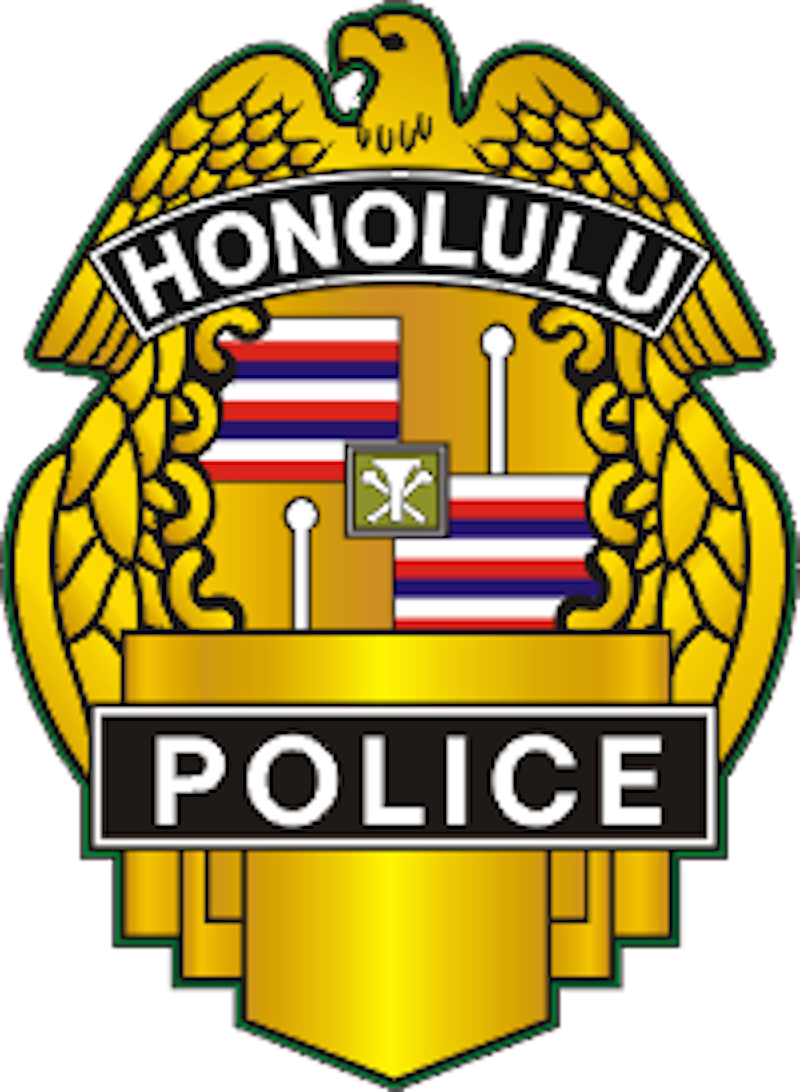Barricade, hostage, and sniper incidents shall be dealt with in
accordance with this directive.
DEFINITIONS
A. Barricade incident: The unlawful denial of access to
an area by an individual who threatens harm to his or
her person or those seeking entry.
B. Hostage incident: The unlawful restraint of a person
under threat of death or serious injury.
C. Sniper incident: The unlawful use of a firearm from a
concealed position to threaten or endanger others.
D. Inner perimeter:
E. Outer perimeter:
F. Temporary command post: The area established by patrol units
G. Permanent command post: The area established by the
Specialized Services Division (SSD)
H. Negotiation area: The area established by the
negotiator to conduct negotiation operations.
I. Press area: The area established for the press that is
safely away from police operations yet close enough
that police liaison can be maintained.
J. Situation monitoring center: The area
established for departmental personnel
K. Command console: The area established in the
Communications Division to monitor activities.
MAJOR OPERATIONAL PRINCIPLES
A. Preventing loss of life and serious injury shall be the
primary consideration in all police actions.
B. Negotiations shall be the primary method for handling
barricade, hostage, and sniper incidents. Tactical
intervention may be used if negotiations are
unsuccessful or impractical.
C. Barricade, hostage, and sniper incidents may involve
several elements. The patrol divisions normally
provide the initial response
The SSD is primarily responsible for the incident
from that point on.
All elements subject to participation in such incidents
shall include the necessary instructions in their
manuals of operations.
D. Police personnel at incident sites should be limited to
those who are needed and can be controlled effectively
by the SSD commander.
F. should be relieved from their posts and sent out of the area.
H. Once the area is secured,
I. The area immediately around the incident site should be
evacuated, and vehicles should not be allowed to pass
through any area that may be exposed to fire.
CHAIN OF COMMAND
A. The commander for an incident shall be (in
descending order): the major, captain, or lieutenant of the SSD.
Once the permanent command post has been established,
command may be assumed by the Regional Patrol
Bureau chief operating from the situation monitoring
center or command console.
B. The chain of command for the investigation
of offenses that occur in the course of barricade,
hostage, or sniper incidents shall follow Policy 4.29,
CRIME SCENE: INVESTIGATIVE RESPONSIBILITIES AND PROCEDURES.
PROCEDURES FOR HANDLING INCIDENTS
For planning purposes, barricade, hostage, and sniper
incidents involve locating the site of the incident and
setting in motion the procedures required to deal with the
situation. They may also involve movement away from the
initial incident site and establishment of another fixed site.
A. Initial Report of Incident
When an incident is reported, the Communications
Division shall:
1. Obtain all necessary information about the
incident, as outlined in the divisional
manual of operations;
3. Direct all other personnel not to enter the outer
and inner perimeters of the incident site;
4. Immediately notify the commander of the SSD and
the Criminal Investigation Division’s (CID)
negotiators, informing them that an incident
governed by this directive may be in progress.
7. Initiate a running log.
B. First Officers at the Scene
2. The sector sergeant and/or field lieutenant shall:
c. Obtain additional information with which to
evaluate the situation; and
C. Containing the Incident
1. Patrol units shall
2. The ranking patrol officer at the scene shall
inform the Communications Division
3. The district commander or a designee shall
5. CID Negotiators
a. Members of the negotiating team shall
6. The district commander or designee shall determine
the need for sheltering persons who are evacuated
from the incident area and arrange for the
provision of such shelter. The arrangements shall
be made through the department’s Civil Defense coordinator.
ASSISTANCE AGREEMENTS
A. Military Bases
1. The Honolulu Police Department (HPD) has agreed to
assist in barricade, hostage, and sniper incidents
on specified military installations (see the attachment).
2. When notified of such an incident, the
Communications Division will follow the procedures
specified in section IV of this directive.
3. The first officers at the scene shall meet with
the military liaison and
4. All participating HPD personnel shall be guided by
the memorandum of agreement governing the specific
branch of the military that they are assisting.
B. Special Services Division, Department of Public Safety (DPS)
1. By memorandum of understanding, the HPD has agreed
to assist the Special Services Division, DPS, In
barricade, hostage, and sniper incidents that
occur in the courts and in the service of
warrants.
2. When notified, the Communications Division shall
follow the procedures specified in section IV of
this order.
3. The first officers at the scene shall meet with
representatives of the DPS, who should have
secured the scene. These officers shall determine
the need for SSD personnel and make any request for them.
REVIEW OF PROCEDURES
Each time an incident occurs, the Chief of Police may
appoint an ad hoc committee to review this directive, all
supplementary procedures, and the handling of the incident.
A written report of the committee’s findings and
recommendations shall be submitted to the Chief of Police
within 30 days of a major incident and 7 days of a minor incident.
The committee chairman shall inform the Information
Technology Division each time that a review is completed.
